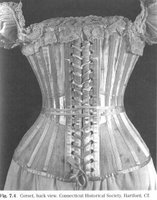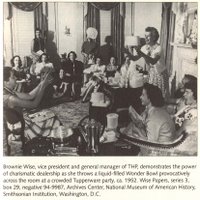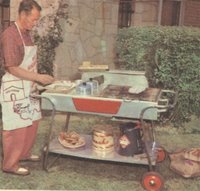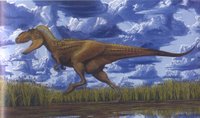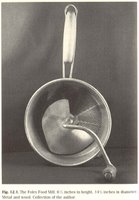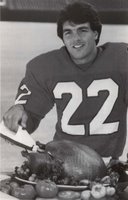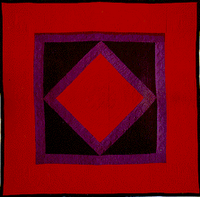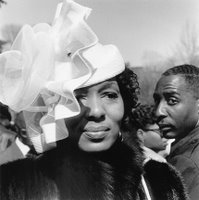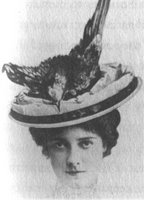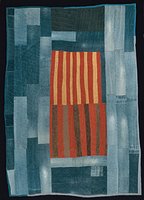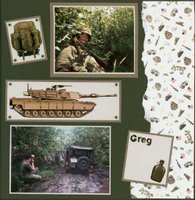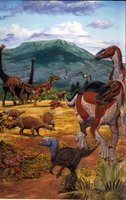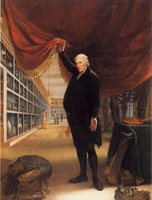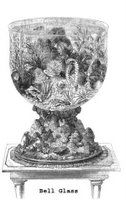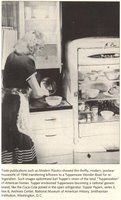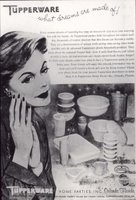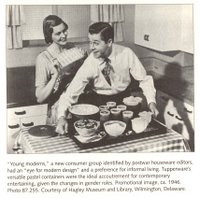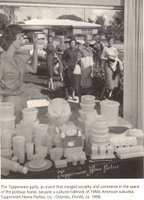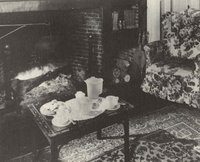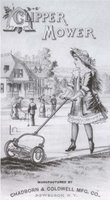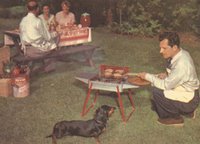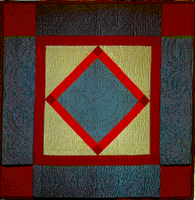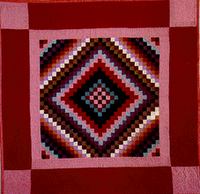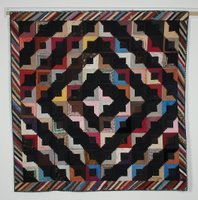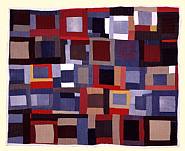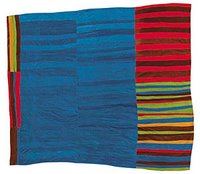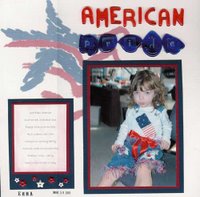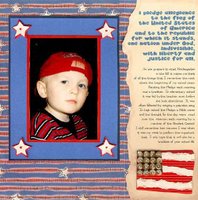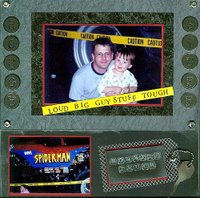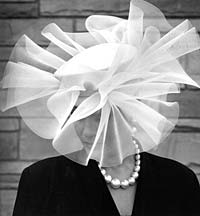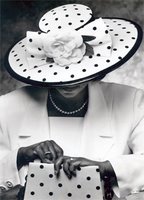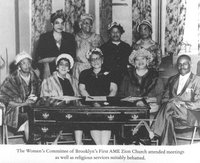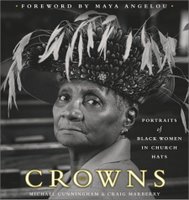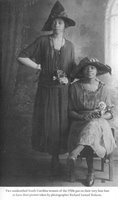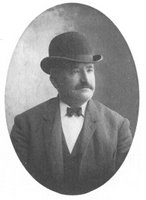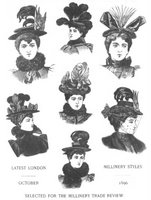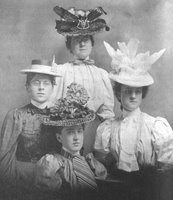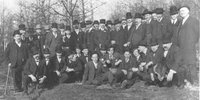Final exam study guide
Two of the following questions will appear on the final exam; you will be required to write an essay on one of them. The exam takes place on Wednesday, August 2.
-------------------------------------------------------
The rules:
1. Bring a blank blue book.
2. You may bring one 3” x 5” handwritten index card to the test. It may include useful quotes from the reading, notes, an outline, and/or a thesis statement, but may not contain an entire essay. Otherwise, this exam is closed book. I will be checking the blue books and index cards before the exam begins.
3. You will have from 2:10 to 4 p.m. to write the exam in your blue book.
4. The exam must be completely your own work. Accordingly, I will not assist you in developing your argument or in selecting objects to support your thesis. Please do not collaborate with other students outside of class in preparing for this exam.
----------------------------------------------------------
The questions:
1. In The House on Loon Lake, Adam’s mother expresses her feeling that the Nasons’ objects have been abandoned, left to rot like corpses. Also in Loon Lake, Patrick Neely introduces the concept of “instant ancestors.” Drawing on Neely’s comments, Adam’s mother’s monologue, and other course materials, answer these two questions: 1.) How do nostalgia and history contribute to our understanding of objects? 2.) Which contibutes more to our understanding of objects—our cultural knowledge or our personal experiences? Support your argument with at least two specific objects from Second Hand and three specific objects from the second half of the course (July 10 or later).
2. On the one hand, Americans want to own “authentic” objects, but on the other hand, we also value customized objects. Which impulse is greater, and what does it say about American beliefs, habits, and values? Make an argument for one claim or the other. Support your argument with at least two specific objects from Second Hand and three specific objects from elsewhere in the second half of the course (July 10 or later).
3. In Second Hand, Richard laments that “we have to communicate through esoterica and ephemera and marginalia” (99). What does he mean by this? Under what circumstances do Americans most feel compelled to communicate in this fashion? Support your argument with three specific objects from Second Hand, two specific objects from the second half of the course (July 10 or later), and one example from your own experience.
The exam will be graded based on the strength of your argument, the appropriateness of the objects you choose to support your argument, and the overall quality of the writing.
-------------------------------------------------------
The rules:
1. Bring a blank blue book.
2. You may bring one 3” x 5” handwritten index card to the test. It may include useful quotes from the reading, notes, an outline, and/or a thesis statement, but may not contain an entire essay. Otherwise, this exam is closed book. I will be checking the blue books and index cards before the exam begins.
3. You will have from 2:10 to 4 p.m. to write the exam in your blue book.
4. The exam must be completely your own work. Accordingly, I will not assist you in developing your argument or in selecting objects to support your thesis. Please do not collaborate with other students outside of class in preparing for this exam.
----------------------------------------------------------
The questions:
1. In The House on Loon Lake, Adam’s mother expresses her feeling that the Nasons’ objects have been abandoned, left to rot like corpses. Also in Loon Lake, Patrick Neely introduces the concept of “instant ancestors.” Drawing on Neely’s comments, Adam’s mother’s monologue, and other course materials, answer these two questions: 1.) How do nostalgia and history contribute to our understanding of objects? 2.) Which contibutes more to our understanding of objects—our cultural knowledge or our personal experiences? Support your argument with at least two specific objects from Second Hand and three specific objects from the second half of the course (July 10 or later).
2. On the one hand, Americans want to own “authentic” objects, but on the other hand, we also value customized objects. Which impulse is greater, and what does it say about American beliefs, habits, and values? Make an argument for one claim or the other. Support your argument with at least two specific objects from Second Hand and three specific objects from elsewhere in the second half of the course (July 10 or later).
3. In Second Hand, Richard laments that “we have to communicate through esoterica and ephemera and marginalia” (99). What does he mean by this? Under what circumstances do Americans most feel compelled to communicate in this fashion? Support your argument with three specific objects from Second Hand, two specific objects from the second half of the course (July 10 or later), and one example from your own experience.
The exam will be graded based on the strength of your argument, the appropriateness of the objects you choose to support your argument, and the overall quality of the writing.
